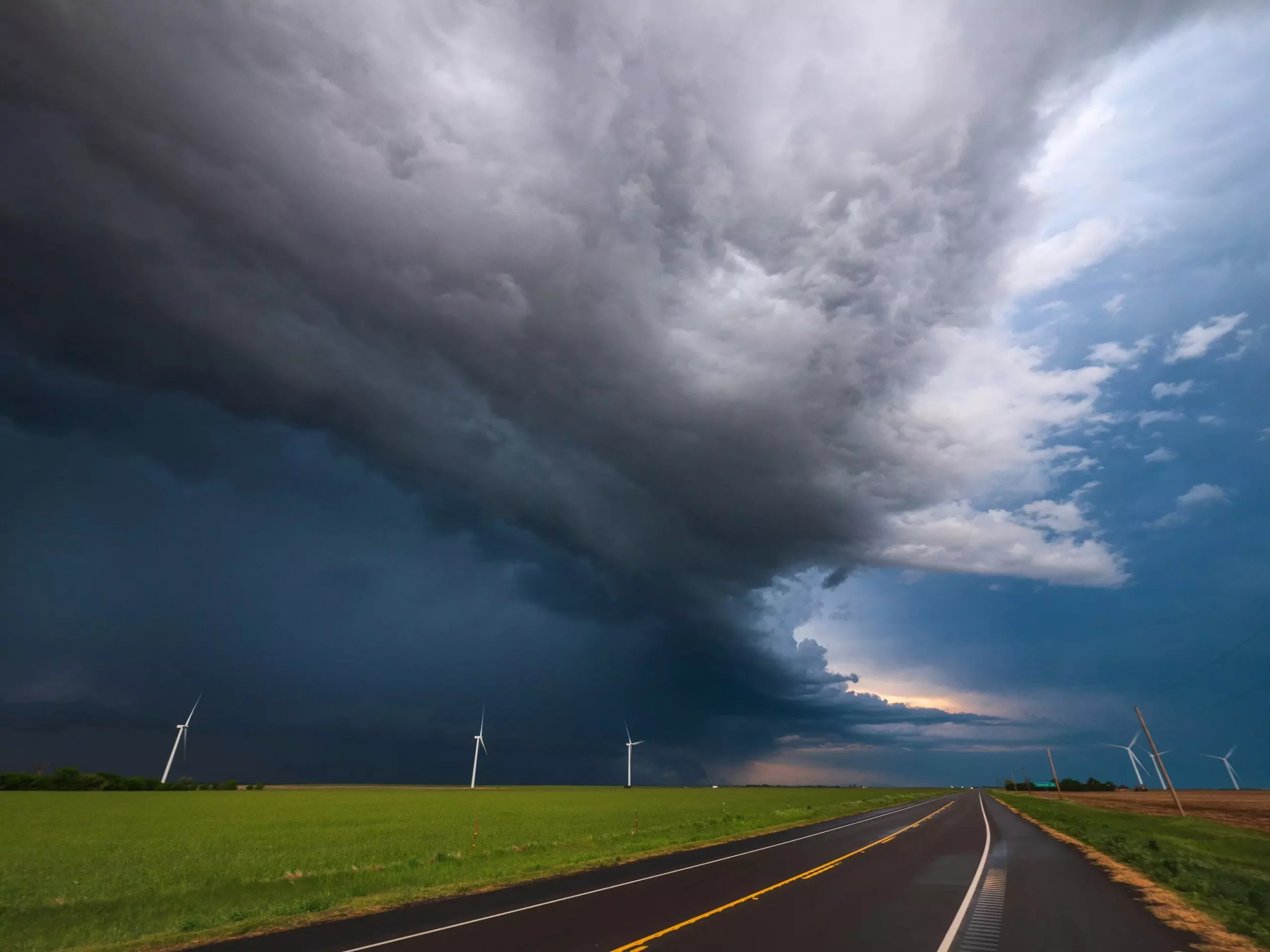Severe weather phenomena, particularly tornadoes, pose one of the most daunting challenges in meteorological science. With traditional methods of tracking tornadic activity often putting researchers in harm’s way, scientists are now looking to innovation. Recent research highlights a groundbreaking method that leverages cosmic rays—an avenue previously unexplored for severe weather analysis. By examining the enigmatic behavior of muons, these high-energy particles may hold the key to offering meteorologists a safer, more efficient means of forecasting tornado activity.
The Cosmic Connection: Understanding Muons
Muons, which are heavier cousins of electrons, travel through the Earth’s atmosphere at close to the speed of light. Their behavior changes in response to the environmental conditions they encounter. A study led by William Luszczak, a prominent figure at The Ohio State University’s Center for Cosmology and AstroParticle Physics, delves into the potential of using muons as atmospheric sensors. The research builds on the premise that as muons interact with varying atmospheric conditions, notably during extreme weather events like supercell thunderstorms, they might reveal critical information that conventional methods cannot.
Unlike standard techniques that rely on drones or weather balloons—sometimes requiring perilous proximity to storms—this novel approach utilizes the natural passage of muons to gather information from a safe distance. The findings suggest that muons exhibit variations in number, direction, and intensity when passing through thunderstorm environments, providing insight into the storms’ internal dynamics. This could alter our understanding of weather patterns substantially, revolutionizing contemporary meteorology.
Innovative Methodology: Simulating Atmosphere and Weather
The methodology employed in Luszczak’s study integrates intricate astrophysical simulations alongside localized weather data. By applying a three-dimensional cloud model, researchers simulated numerous variables, including wind patterns and atmospheric pressure changes over a defined time frame. The observational data from a historical supercell that generated significant tornado activity in El Reno, Oklahoma, was vital to calibrating these simulations. This multifaceted approach is key to discerning how atmospheric conditions affect muons, leading to more comprehensive weather analysis.
The complexity of the study’s design is notable, particularly in its attempt to correlate cosmic ray behavior with the intense dynamics of tornadoes. The research uncovered that pressure fluctuations within these tornado-producing thunderstorms do indeed influence muon propagation, a finding that opens new avenues for understanding and predicting severe weather.
Future Implications: A New Era in Weather Prediction
Imagining the application of muon detectors in Tornado Alley presents an exhilarating prospect for meteorologists. Current predictive models could benefit enormously from complementary data provided by muons. If developed and deployed effectively, muon detection systems could revolutionize the way meteorologists analyze and respond to severe weather events. The scaling of these detectors, while presenting challenges in measurement precision, could allow for real-time atmospheric assessments, potentially enhancing the accuracy of tornado warnings and giving communities more time to react.
While the muon detection devices discussed possess sizes comparable to several buses, the question of precision remains a critical aspect of their usability in real-world scenarios. The inherent limitations of a smaller detector could lead to data inaccuracies, a challenge that would need addressing as research progresses.
Charting the Course: A Call for Further Research
Despite the obstacles, the implications of harnessing cosmic rays in weather prediction are too significant to overlook. Enhancing data accuracy and the preciseness of atmospheric models would undeniably impact severe weather forecasting, potentially saving lives and property. The urgency of refining and implementing muon detection technologies is clear, especially as severe weather patterns become more unpredictable in the face of climate change.
The intersection of astrophysics and meteorology provides an intriguing landscape for future research. The scope of investigating cosmic rays as a tool to interpret severe weather phenomena presents a promising challenge that invites more detailed explorations. As the scientific community continues to pursue this line of inquiry, it is paramount that the focus remains on bridging the gap between theoretical understanding and practical application.
Ultimately, the marriage of complex astrophysical principles with emergency weather response could redefine our capacity to monitor and mitigate the destructive forces of nature. This pioneering approach to tornado tracking not only emphasizes the potential for innovation in science but also highlights the collaborative spirit of researchers dedicated to safeguarding communities from the fierce unpredictability of severe weather.

